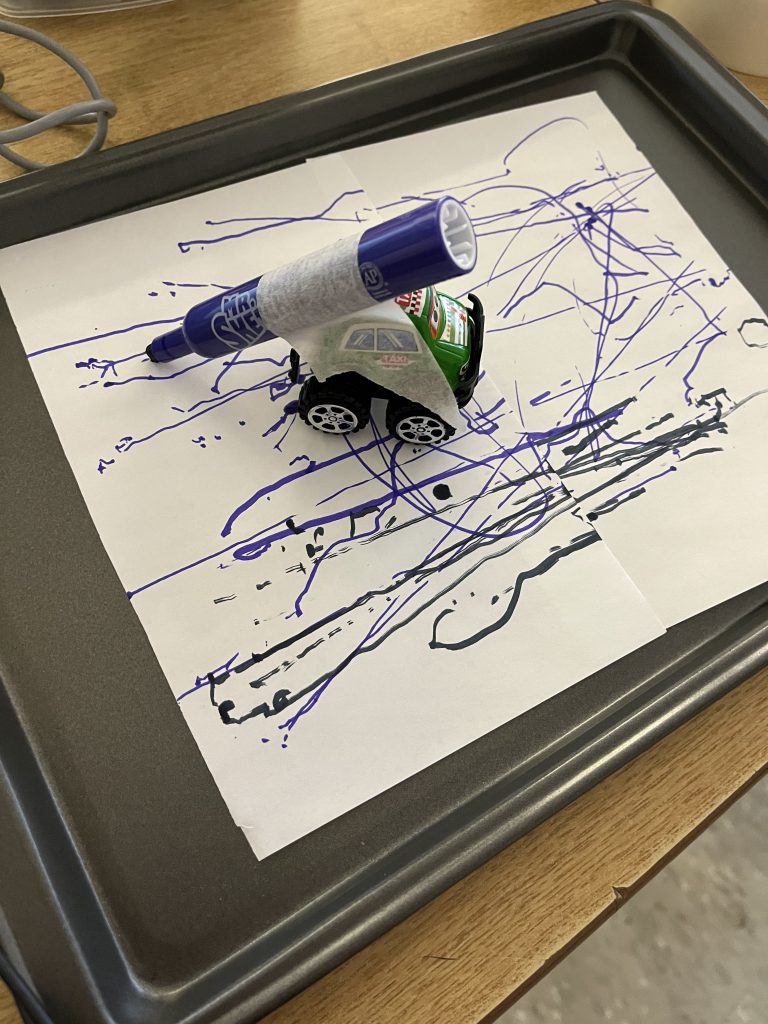Everyone has some level of anxiety at some point in their life. I also understand that some forms of anxiety can be quite healthy (i.e., preparing for a test or speaking in front of an audience) can promote self-growth and development if managed appropriately. However, I believe that a sudden increase of anxiety in some students can serve as a warning signal for teachers that something is not quite right within his, her or they/them environment. When I was a student, I knew that my anxiety level increased tremendously during tests and assignments and also increased when I had personal issues going on at home. When my anxiety was that high, I tended to lose focus on my academics and often did more poorly on tests/assignments. Luckily for me, I had great teachers in my life who really took the time to understand me and were able to offer accommodations to support my performance anxiety. As an educator, I can use my lived experiences to help manage student emotions around anxiety when preparing for a test or when grade eight students are applying to various high schools. I can also suggest strategies and offer resources students can use to monitor and self-regulate their anxiety.
What are the current concerns around anxiety for students in elementary school and how do these concerns impact student learning and academic performance?
Sian Leah Beilock in her Ted Talk video, “Why we choke under pressure – and how to avoid it” uses her experience as a soccer goalie to explain why we often choke under pressure. She says that, “When the pressure is on, we are often concerned with performing at our best and as a result we try to control what we are doing to force the best performance. The end result is that we actually screw up.” We try to control what we are doing in a way that leads to worse performance, that was definitely me. When our anxiety is high, it’s a sign that our prefrontal cortex is focusing on the wrong things. Practicing under conditions in which we are going to perform, closing the gap between training and competition can help us get used to that feeling of all eyes on us. Getting used to the performance under which you are going to perform really matters. When preparing for a test, close the book and practice retrieving the answer from memory under timed situations, so you can understand and visualize what it feels like before actually taking the test.
Students who suffer from performance anxiety are likely to have an obsession with perfection. This may involve students constantly worrying about being perfect and putting a high degree of pressure on themselves to get perfect marks. An obsession with perfection is very unhealthy and can be detrimental to students’ mental health and well-being. In her article on “How Does Anxiety Affect Kids in School?”, Rachel Ehmke states that students who suffer from performance anxiety are often diagnosed with General Anxiety
- Generalized anxiety: When children worry about a wide variety of everyday things. Kids with generalized anxiety often worry particularly about school performance and can struggle with perfectionism.
In some cases when experiencing a high degree of performance anxiety, students who normally perform well in school might fail to submit work or begin to disengage in class, which seems to counter against the one thing they most want to achieve. In her explanation of this contradictory behaviour, Ehmke says, “We tend to think of perfectionism as a good thing, but when children are overly self-critical it can sabotage even the things they are trying their hardest at, like school work.”
One key solution for teachers that Karen Nelson suggests, in her article “10 Ways to Help Students Who Struggle with Anxiety” is to offer individual accommodations. When students are feeling anxious, their brain simply can’t function properly or effectively. In that case, Nelson suggests teachers set up tests and assignments so that anxious students are less likely to become stressed. She suggests that, “Extended time and cue sheets could help kids who suffer from test anxiety.” She also suggests that providing wellness breaks, trying Walk and Talk and getting to know who your students really are and their lived experiences will help to build strong relationships and minimize performance anxiety. Other helpful solutions include mindfulness breathing exercises (from the MindUp For Life Curriculum).
Here are some resources that I have used over the years to support lessons dealing with managing stress, anxiety and emotions. I hope a few of these might be of some benefit to you.
- School Mental Health Ontario – Mental Health Literacy and Anxiety Management Social Media Bundles
- Kids Help Phone 1-800 668-6868 Free, anonymous and confidential professional counselling by phone or online, available 24/7 for kids and youth 20 years of age and younger
- Canadian Mental Health Association – Understanding and Finding Help for Anxiety


